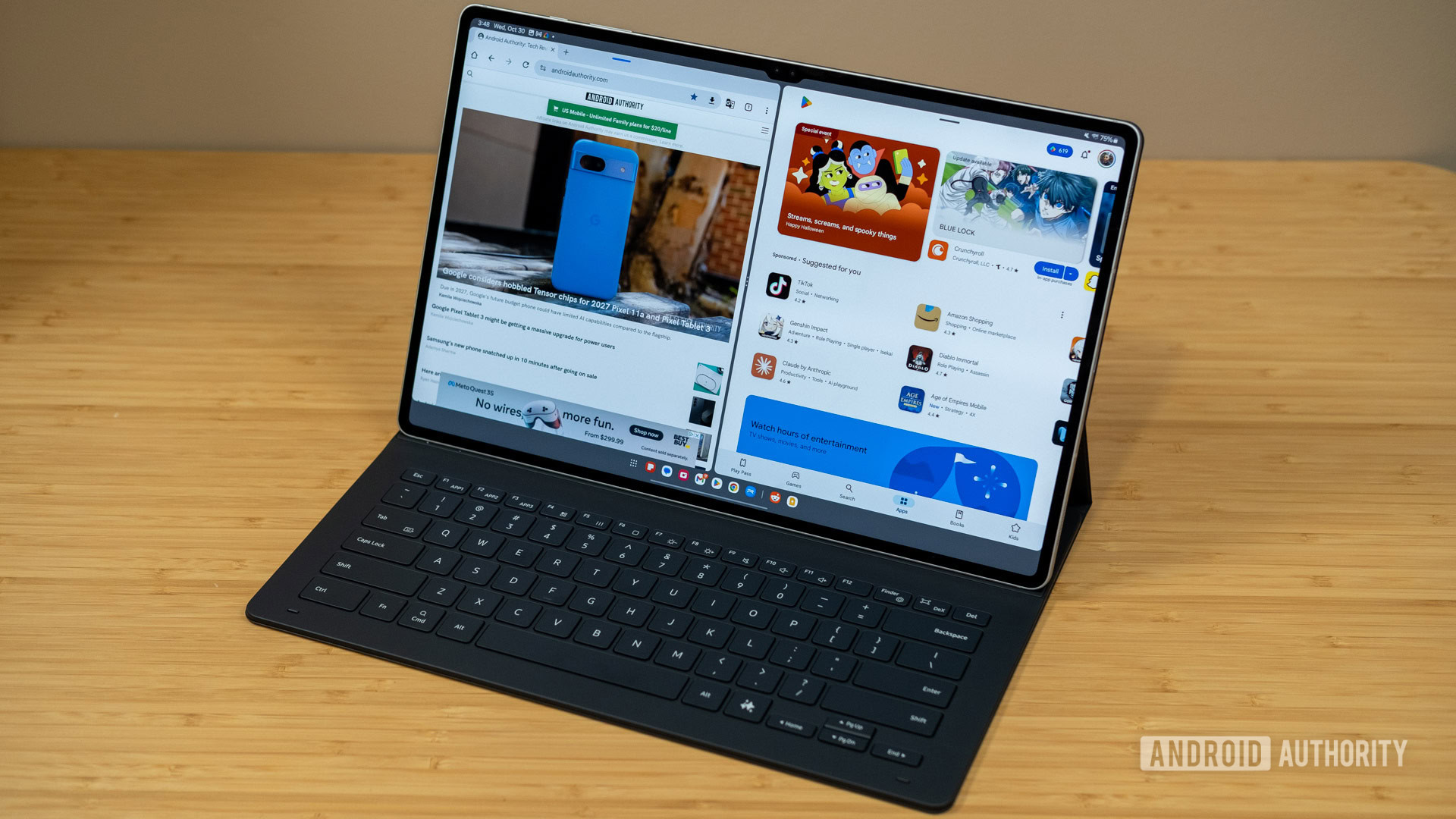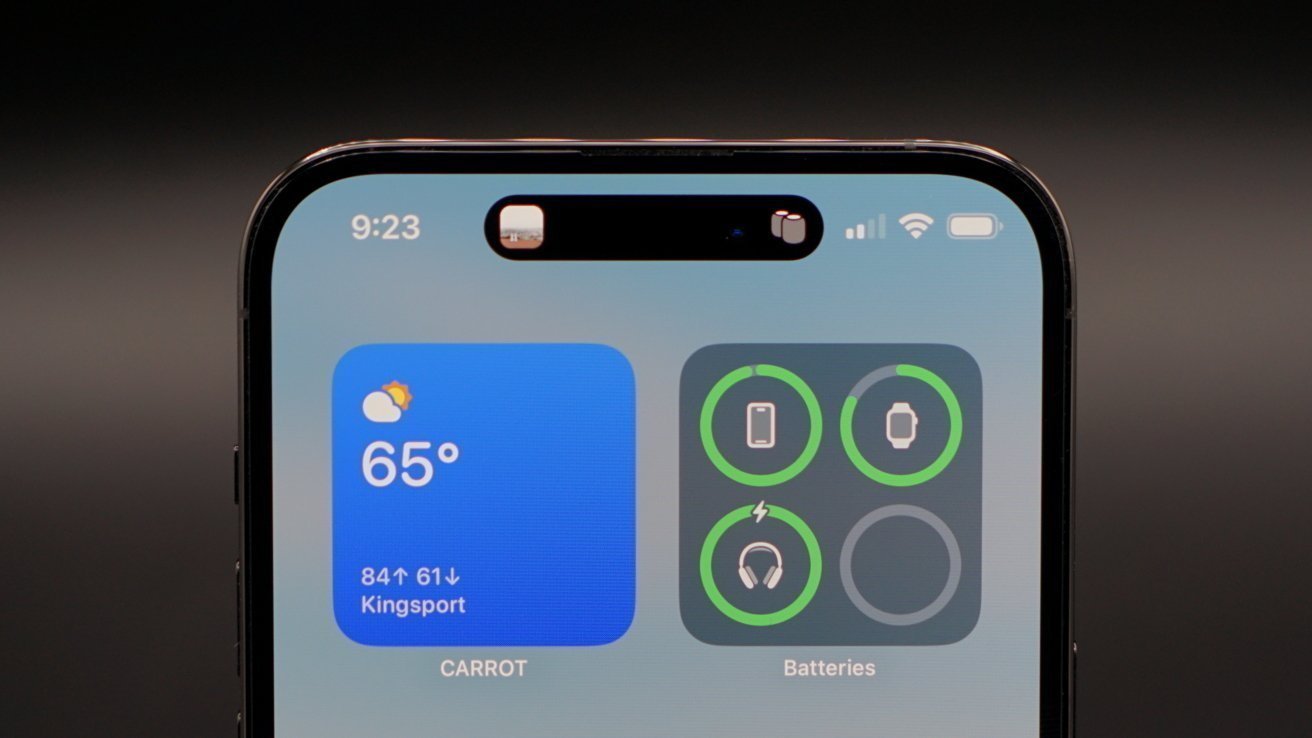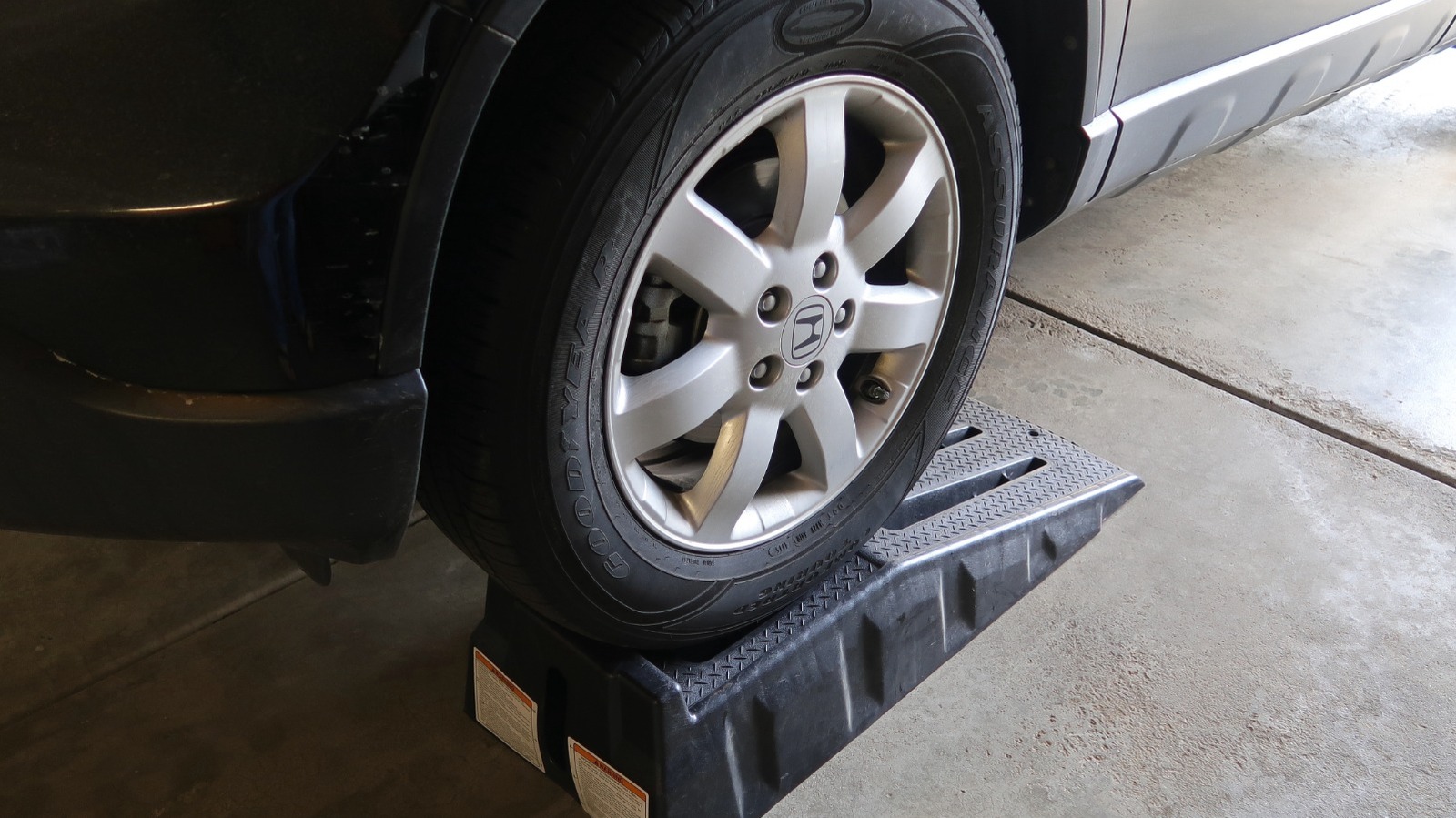Getting Started with Neovim
You are interested in learning vim? Good. What you learn will be useful knowledge forever. I will guarantee you that once you learn vim, it will affect how you use any editor. Even if you don't use vim; whichever editor you use, you will want to install plugins to emulate vim behaviour. Vim emulation plugins exist for virtually every text editor, including general writing applications such as Obsidian. Learn modal editing Vim's unique approach to editing originates from operating in different modes, separating the activity of writing text from editing text. Once you master this approach, there is no going back; as the editor ceases to get in your way. You don't reach for the mouse to navigate, as your fingers are already close to the keys you need to press. Vim has a dedicated program vimtutor to teach the fundamentals. Run with the -h argument to which options it has. ❯ vimtutor -h Or just run vimtutor without arguments to start from the beginning in English. Configuring vim/neovim into a usable environment can be a mouthful. You can install a "distro" that come provides a curated set of plugins. I will suggest you try one of these: LazyVim kickstart But now, you are started. Experimenting with configuration Feeling adventurous, try both, and compare for yourself. By default, neovim loads the configuration from $HOME/.config/nvim, but the last part of the path can be configured with the environment variable NVIM_APPNAME. So you could install the two configurations in two separate folders and switch between them: > NVIM_APPNAME=lazy nvim # loads from $HOME/.config/lazy > NVIM_APPNAME=kick nvim # loads from $HOME/.config/kick I've recreated my configuration from scratch a few times, and I always start in a new folder, using this approach; keeping my existing configuration that I know is working as a fallback; until I'm happy with the new setup. Learn From the Old Masters. I also recommend watching vim-casts by Drew Neil. They are rather old, targeting older versions, so do take the information with a grain of salt. But the principles of vim; buffers, registers, navigation, tab, macros, etc.; all that is still valuable information today; and will help grok fundamentals of vim and neovim. Use, Then Biuld When you've used a distro for a year; I suggest you "create" a configuration from scratch, possibly following a video tutorial. And after you've used that for a year, I suggest you create your own from scratch.

You are interested in learning vim? Good. What you learn will be useful knowledge forever.
I will guarantee you that once you learn vim, it will affect how you use any editor. Even if you don't use vim; whichever editor you use, you will want to install plugins to emulate vim behaviour.
Vim emulation plugins exist for virtually every text editor, including general writing applications such as Obsidian.
Learn modal editing
Vim's unique approach to editing originates from operating in different modes, separating the activity of writing text from editing text. Once you master this approach, there is no going back; as the editor ceases to get in your way. You don't reach for the mouse to navigate, as your fingers are already close to the keys you need to press.
Vim has a dedicated program vimtutor to teach the fundamentals. Run with the -h argument to which options it has.
❯ vimtutor -h
Or just run vimtutor without arguments to start from the beginning in English.
Configuring vim/neovim into a usable environment can be a mouthful. You can install a "distro" that come provides a curated set of plugins. I will suggest you try one of these:
But now, you are started.
Experimenting with configuration
Feeling adventurous, try both, and compare for yourself.
By default, neovim loads the configuration from $HOME/.config/nvim, but the last part of the path can be configured with the environment variable NVIM_APPNAME.
So you could install the two configurations in two separate folders and switch between them:
> NVIM_APPNAME=lazy nvim # loads from $HOME/.config/lazy
> NVIM_APPNAME=kick nvim # loads from $HOME/.config/kick
I've recreated my configuration from scratch a few times, and I always start in a new folder, using this approach; keeping my existing configuration that I know is working as a fallback; until I'm happy with the new setup.
Learn From the Old Masters.
I also recommend watching vim-casts by Drew Neil. They are rather old, targeting older versions, so do take the information with a grain of salt. But the principles of vim; buffers, registers, navigation, tab, macros, etc.; all that is still valuable information today; and will help grok fundamentals of vim and neovim.
Use, Then Biuld
When you've used a distro for a year; I suggest you "create" a configuration from scratch, possibly following a video tutorial.
And after you've used that for a year, I suggest you create your own from scratch.











































































![New Apple iPad mini 7 On Sale for $399! [Lowest Price Ever]](https://www.iclarified.com/images/news/96096/96096/96096-640.jpg)
![Apple Developing Battery Case for iPhone 17 Air Amid Battery Life Concerns [Report]](https://www.iclarified.com/images/news/97208/97208/97208-640.jpg)
![Apple to Split iPhone Launches Across Fall and Spring in Major Shakeup [Report]](https://www.iclarified.com/images/news/97211/97211/97211-640.jpg)
![Apple to Move Camera to Top Left, Hide Face ID Under Display in iPhone 18 Pro Redesign [Report]](https://www.iclarified.com/images/news/97212/97212/97212-640.jpg)












![The Material 3 Expressive redesign of Google Clock leaks out [Gallery]](https://i0.wp.com/9to5google.com/wp-content/uploads/sites/4/2024/03/Google-Clock-v2.jpg?resize=1200%2C628&quality=82&strip=all&ssl=1)
![What Google Messages features are rolling out [May 2025]](https://i0.wp.com/9to5google.com/wp-content/uploads/sites/4/2023/12/google-messages-name-cover.png?resize=1200%2C628&quality=82&strip=all&ssl=1)






























































































_Inge_Johnsson-Alamy.jpg?width=1280&auto=webp&quality=80&disable=upscale#)




























































































































![[The AI Show Episode 145]: OpenAI Releases o3 and o4-mini, AI Is Causing “Quiet Layoffs,” Executive Order on Youth AI Education & GPT-4o’s Controversial Update](https://www.marketingaiinstitute.com/hubfs/ep%20145%20cover.png)









































































































































![Re-designing a Git/development workflow with best practices [closed]](https://i.postimg.cc/tRvBYcrt/branching-example.jpg)




















![From Art School Drop-out to Microsoft Engineer with Shashi Lo [Podcast #170]](https://cdn.hashnode.com/res/hashnode/image/upload/v1746203291209/439bf16b-c820-4fe8-b69e-94d80533b2df.png?#)



![[DEALS] Microsoft 365: 1-Year Subscription (Family/Up to 6 Users) (23% off) & Other Deals Up To 98% Off – Offers End Soon!](https://www.javacodegeeks.com/wp-content/uploads/2012/12/jcg-logo.jpg)
































































































